A simple and easy miso butter recipe made of miso, and unsalted butter that can be used for stir-fries, braising, noodles, or spread on toast.

Table of Contents
What is Miso Butter?
Miso butter is a very simple, versatile, and delicious condiment that's loaded with umami flavor and is made of 2 ingredients: miso, and unsalted butter.
You can use miso butter exactly like how you would use regular butter: you can use them in stir-fries, you can add it to sauces, you can add it to stews and braise with it, you can melt it on hot noodles and pasta, you can melt it on steaks or lamb chops like I do in my pan-fried lamb chops recipe and you can spread it on toast!
The main difference between the two is that miso butter is a bit saltier and it has an umami flavor as well.
For this miso butter recipe, I use yellow miso because it is the most common and the easiest to find, and gives a great taste to the butter without being too light or too heavy.
That being said, you definitely should try to experiment to find the right miso that you will enjoy.
What Type of Miso to Use
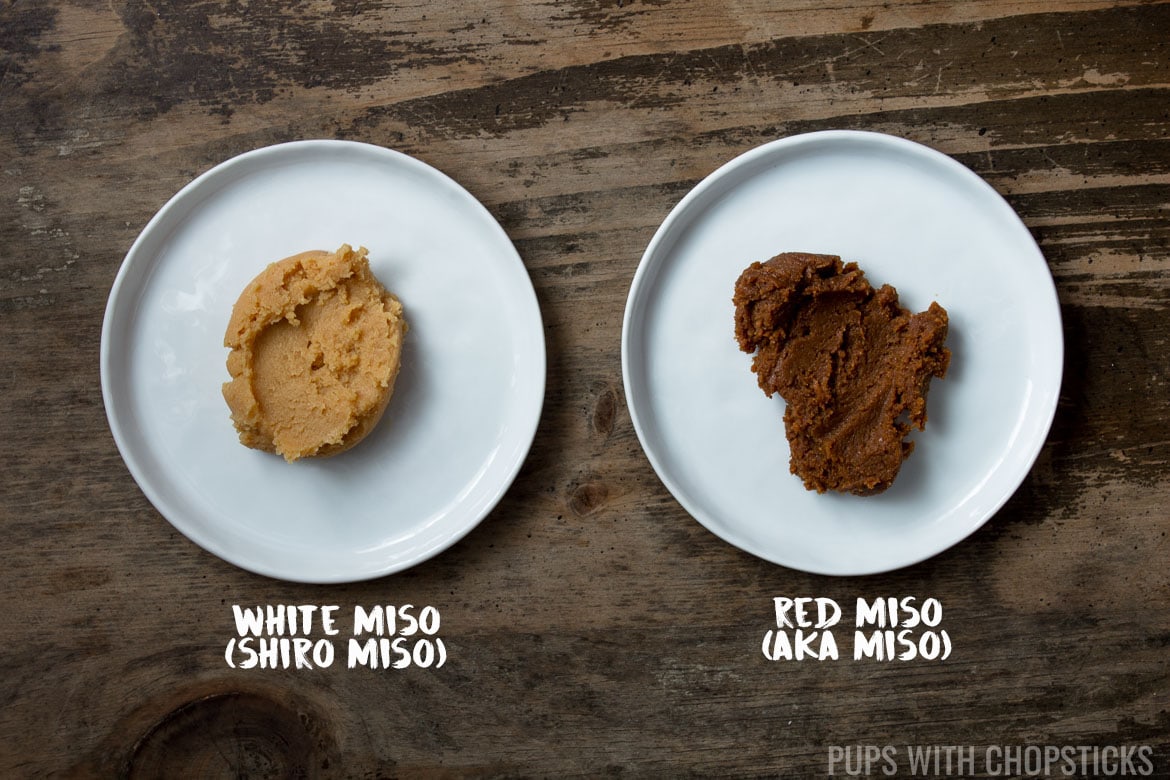
There are different types of miso to choose from when deciding which type of miso you want to use to make this miso butter.
I personally think white miso paste and yellow miso paste can be used interchangeably for this recipe but my ultimate favorite miso to use for miso butter is red miso because of how strong and salty it is.
Pick a miso that you think you will enjoy! Don't worry if you have extra, there are plenty of ways to use it up and if you do a search on my site, you'll find at least a dozen different types of recipes I use miso on.
- White Miso (shiro miso) - Light, sweet, and less salt and less fermentation time so it's milder.
- Yellow Miso (shinshu miso) - Fermented longer than white miso
- Red Miso (aka miso) - the most flavorful and strongest of the three miso. the longest fermenation, saltier and pungent.
Ingredients and Substitutions
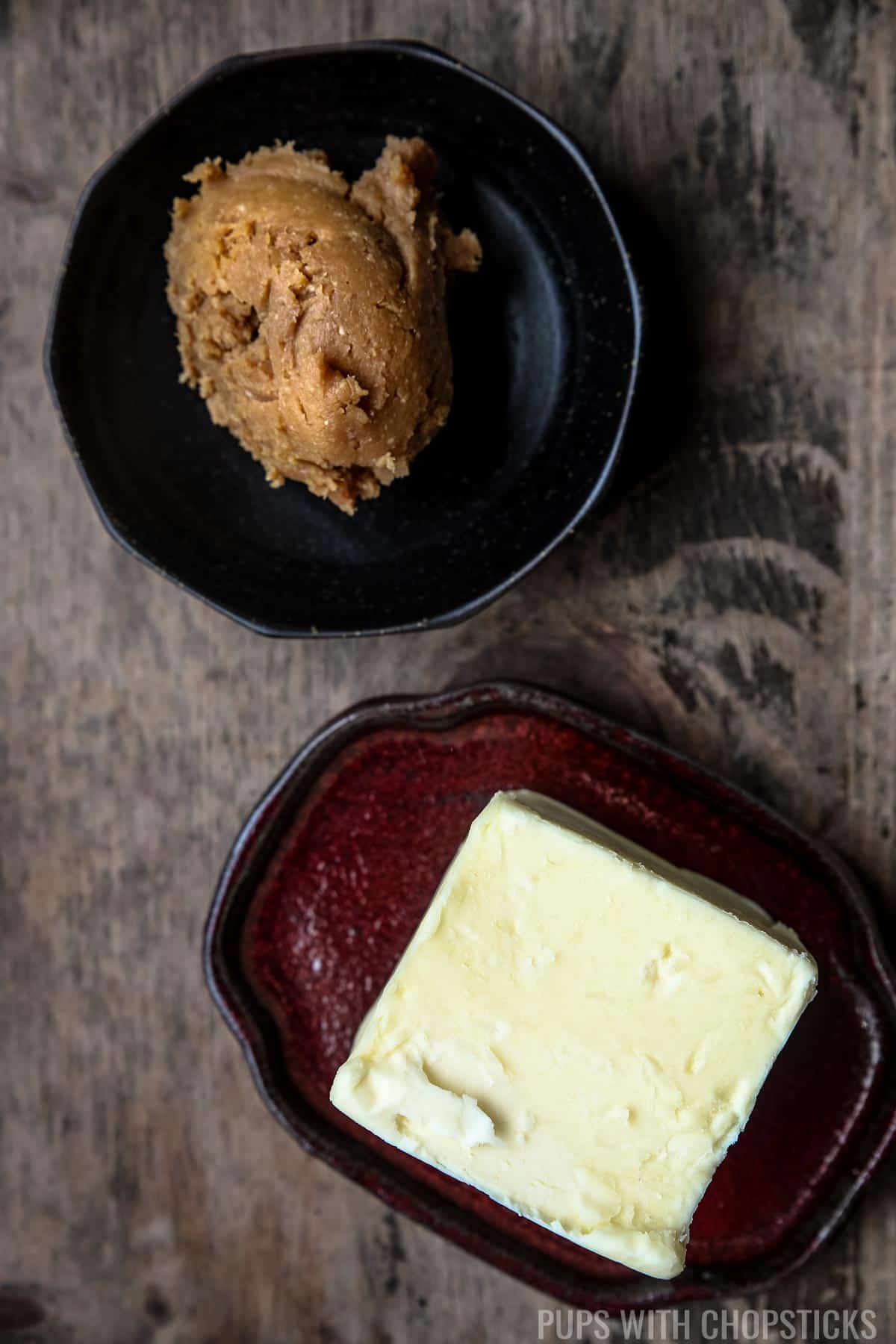
- Miso Paste - For this miso butter recipe, I use yellow miso but you definitely can use white or red miso instead. Use the miso information above to help you decide what kind of miso you'd like to use for this recipe.
- Butter - I use unsalted butter to make miso butter because miso itself will have a lot of salt in it.
- Garlic (Optional) - For this recipe, I use roasted garlic that I have pre-made by baking it in the oven. The roasted garlic gives a very light hint of garlic flavor and it doesn't have a spicy bite to it as raw garlic does. Roasted garlic is also a little bit sweeter and it is soft in texture so it is easier to incorporate into the soft miso and butter mixture.
Tips
- Once miso butter is stored in the fridge, the cold temperature will harden it and set it in the shape it was stored at. Since it is not easily scoopable once it is hardened, I highly recommend rolling it in a tube shape with plastic wrap and setting it into that shape, so that you can easily cut out small slices when you need it. (Images below on how I do this)
- Both the unsalted butter and the miso should be softened at room temperature before you start making this recipe. This ensures that the butter will be evenly distributed with the miso, and you won't get clumps of miso or butter.
- To make miso butter, always use unsalted butter. Miso is very salty, to begin with, so we don't need the extra salt from salted butter to make it even saltier.
- If you like your miso butter a bit stronger, you can either use red miso (aka miso) or add an extra tablespoon of miso into the mix. Just keep in mind that the more miso you add, the less the miso butter will melt.
- If you don't have time to wait for the butter to soften, you can soften it in the microwave for 15 seconds (do it in 2-3 second intervals). Do not melt the butter, you want to just soften it.
- If you are trying to retain the health benefits of miso, do not cook with it on high heat (boiling, stir-frying etc)
How to Make Miso Butter
Miso butter is very easy to make, you can make them in a batch and either store it in the fridge or freeze it.
There are 2 main ways I like to make it: You can use a hand mixer or do it by hand with the back of a spoon. Regardless of which method you use, you need to make sure your butter has softened before you can work with it.
I leave both the butter and the miso at room temperature for about 4 hours before I make this.
If you don't have time to wait for the butter to soften, you can soften it in the microwave for 15 seconds (do it in 2-3 second intervals). Do not melt the butter, you want to just soften it.
Method 1: Making Miso Butter with a Hand Mixer
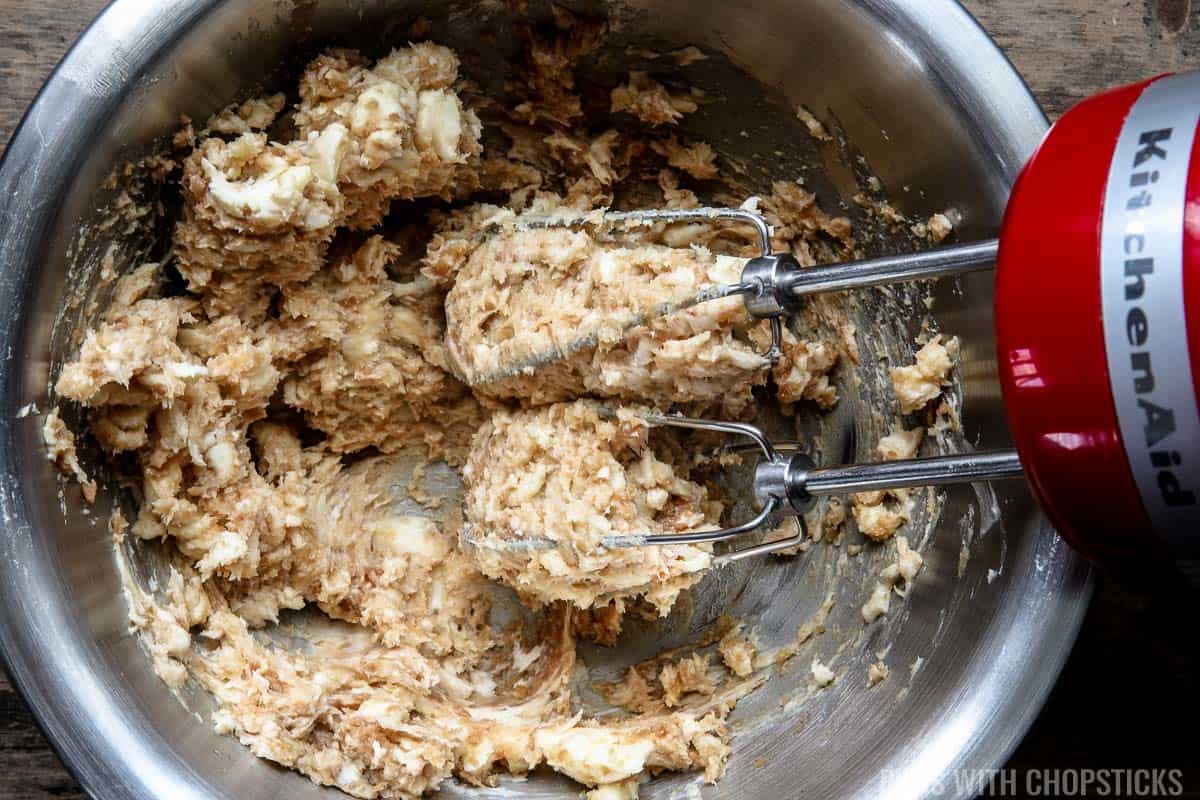
The easiest way to make this is with a hand mixer. It's a lot more forgiving if your butter isn't fully softened (it still needs to be soft though!), and it's the quickest way to make it.
Method 2: Making Miso Butter by Hand
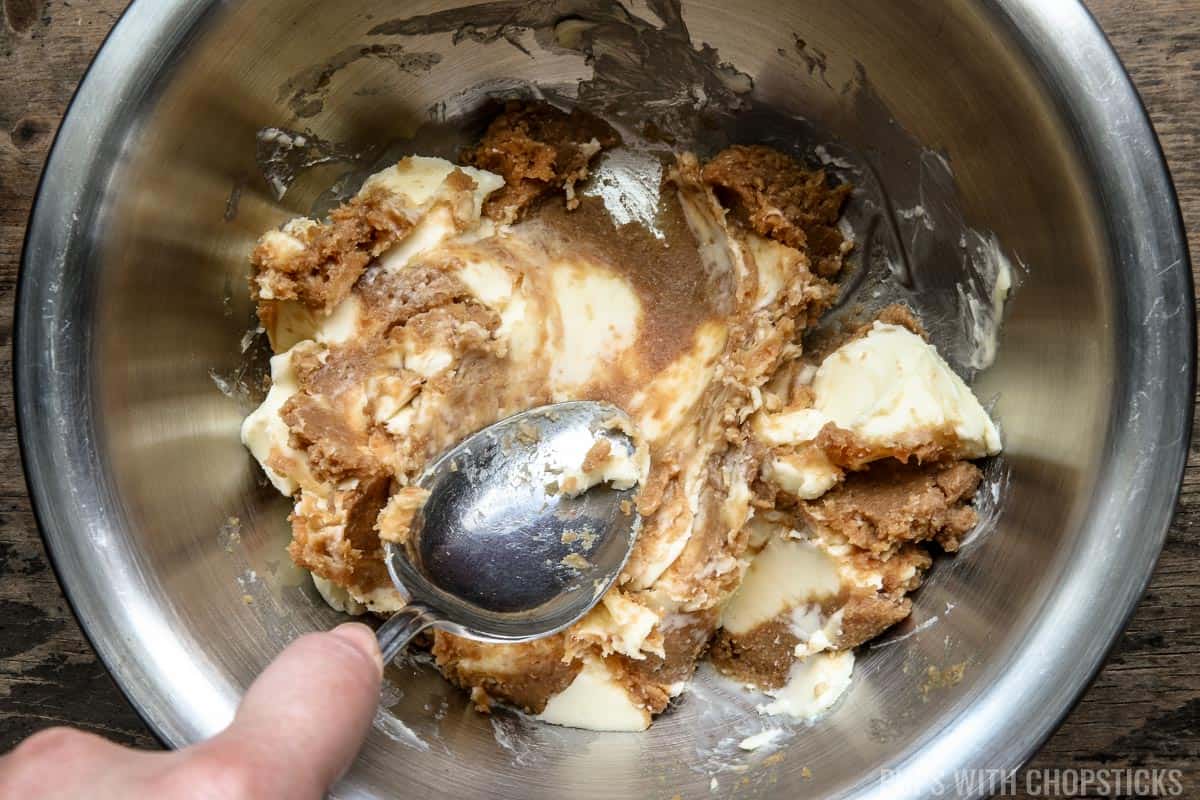
If you don't have a hand mixer, you can also make it by hand by using the back of a spoon by smashing the 2 ingredients together until it is evenly mixed.
**Make sure your spoon is firm and sturdy and not soft and easily bendable.
If you do it by hand, the butter must be very soft else the butter and the miso will not evenly mix together.
I like to use this method when I'm making a small batch of miso butter for 1-time use. If you are making a smaller batch, use ¼ of what the ingredient calls for in the recipe card.
Roll Them Up and Refrigerate Them
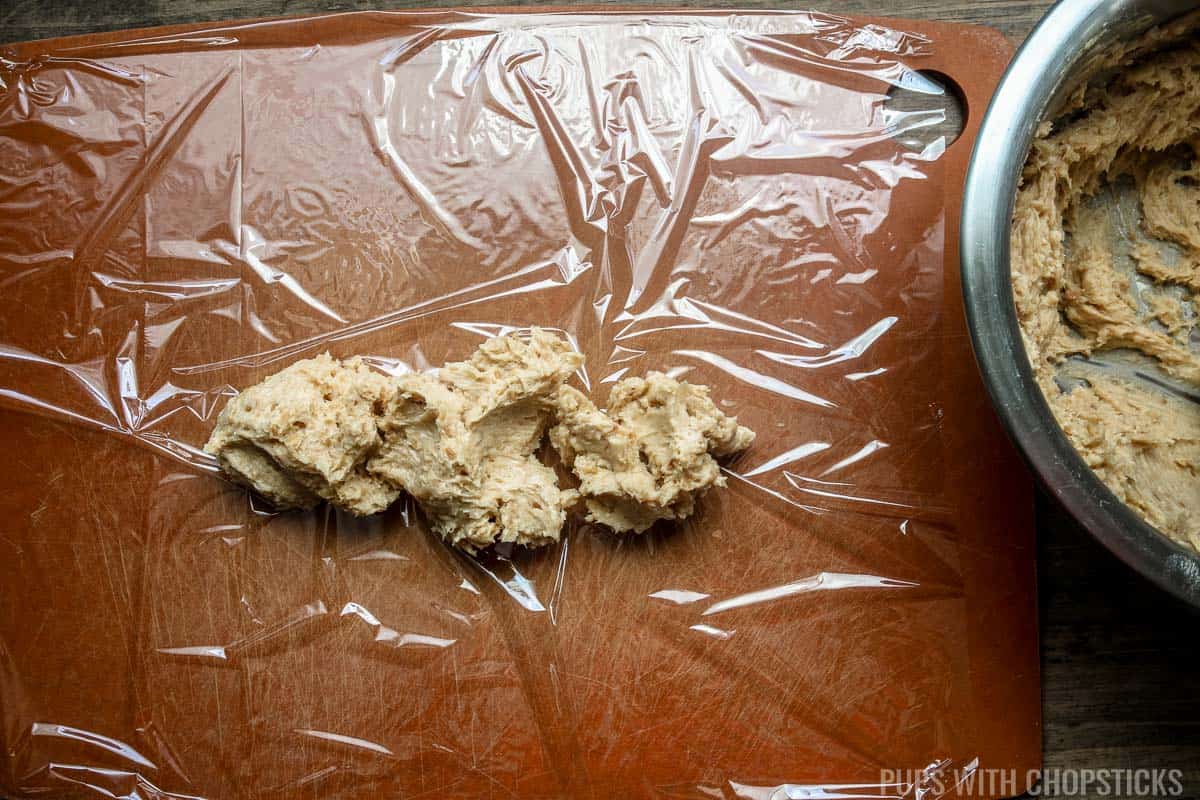
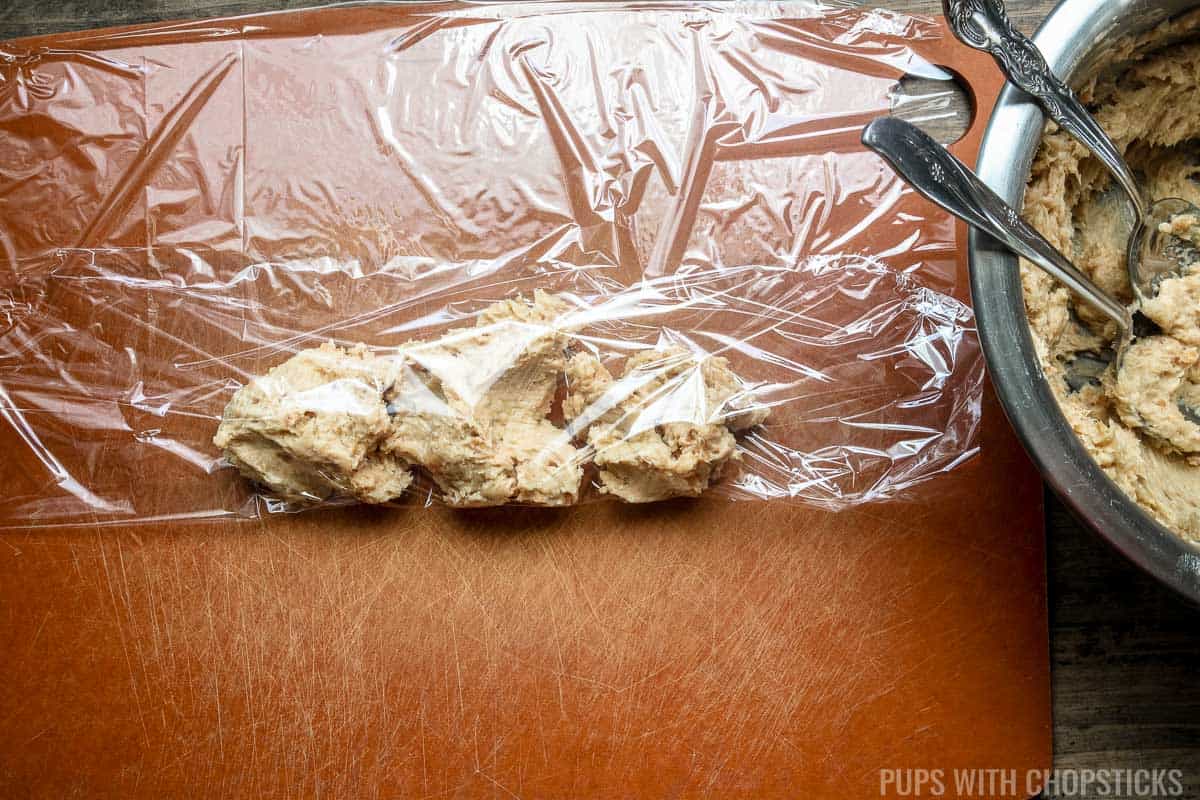

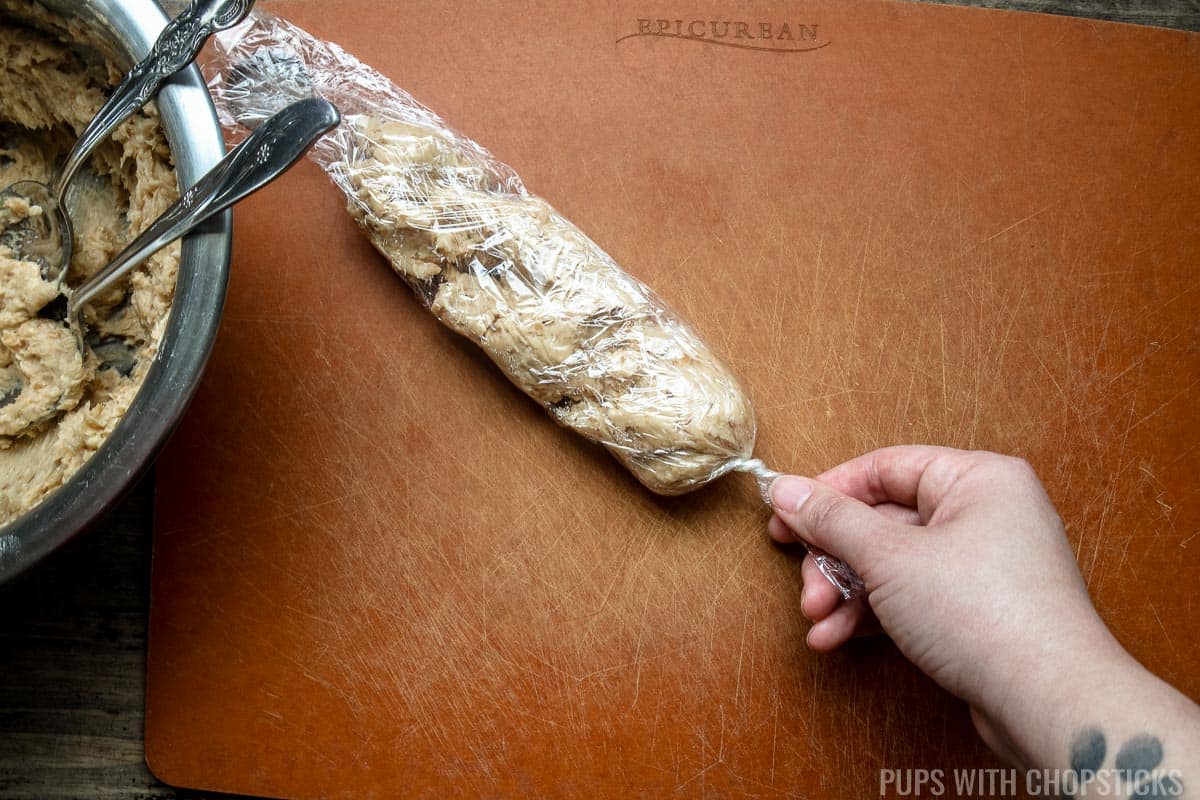
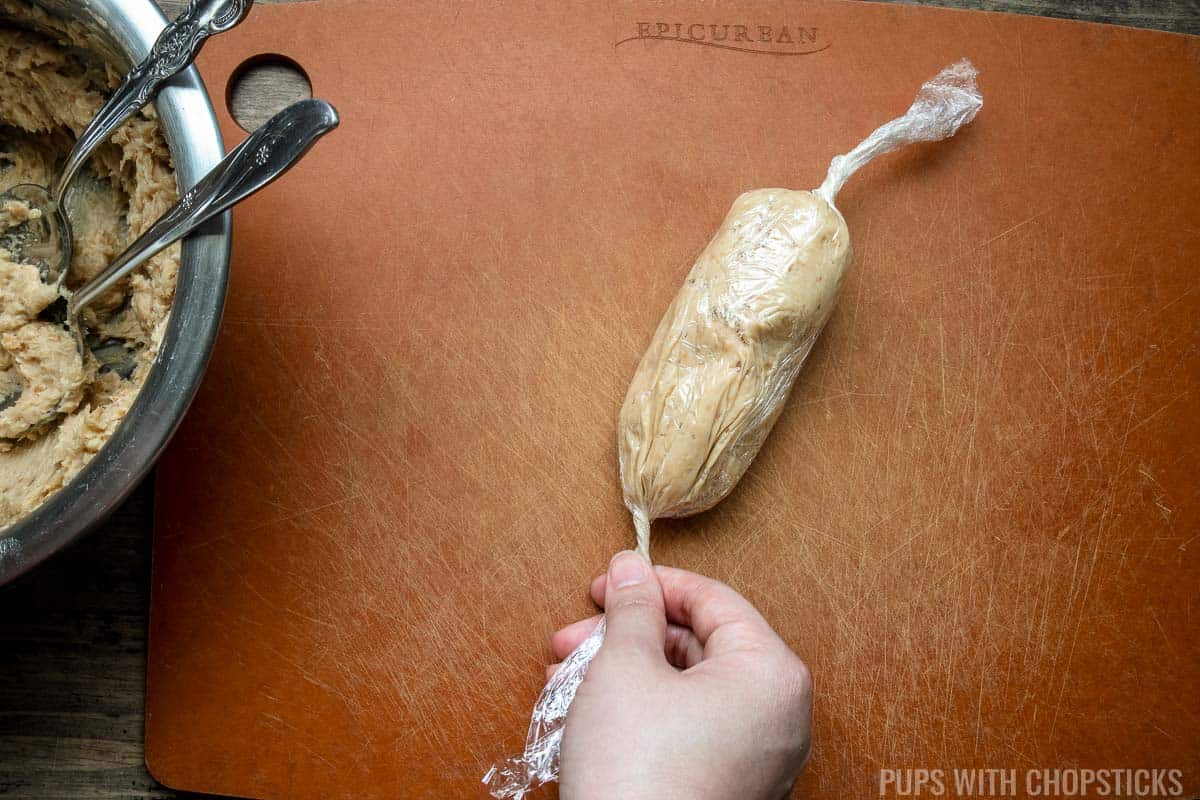
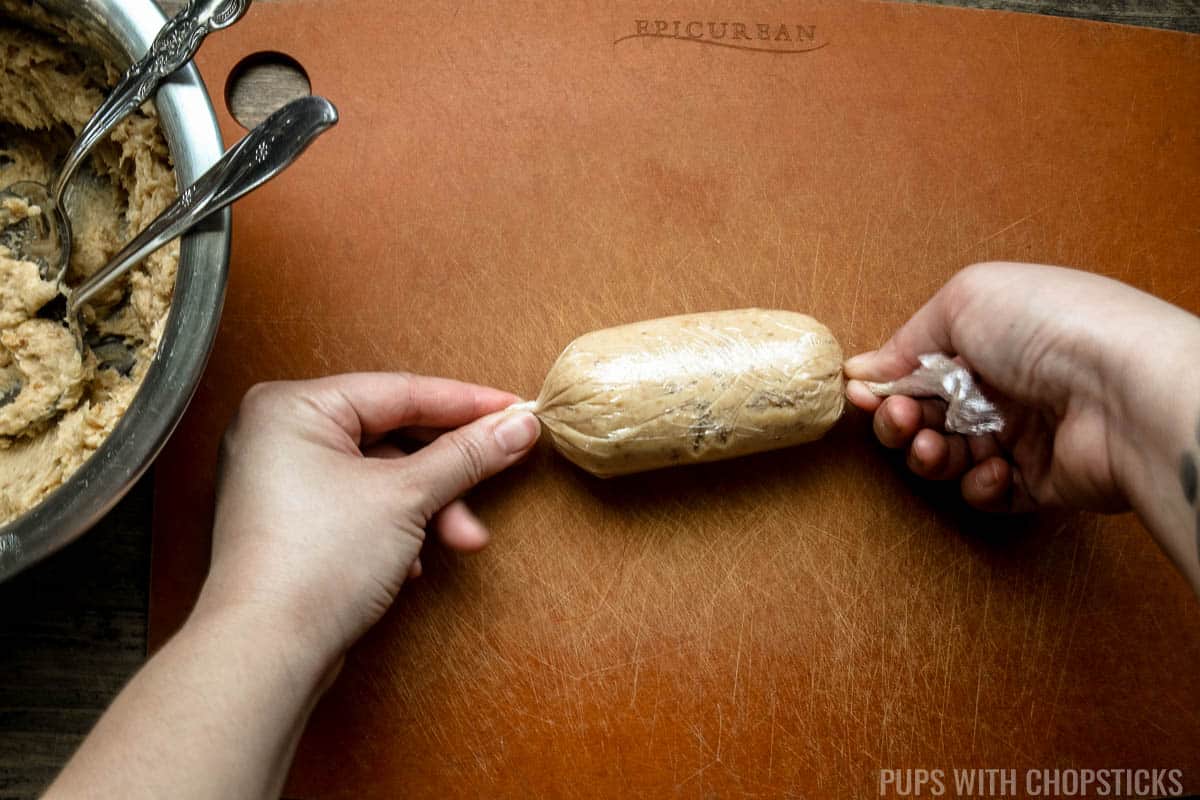
Miso Butter Variations
- Roasted Garlic - I like to use roasted garlic in my miso butter because it blends better, is milder in flavor, sweeter, and provides just a subtle hint of garlickiness.
To make roasted garlic, I cut off the top of the head of garlic and pour a bit of avocado over the opening. Then I wrap it in foil and bake it in the oven at 400f for about 40 minutes until the cloves are soft. Once the cloves are soft, wait for them to cool and you can pick out each clove or squeeze the whole bulb and mix it directly with the softened butter. I like to use 1 whole bulb for 1 cup of butter. - Fresh Rosemary - Rosemary works great in miso butter that you plan to use on steaks. That fresh pine scent flavor pairs well with any type of beef or lamb steak, especially if you put a bit of garlic with it.
Do keep in mind, fresh rosemary can also be very bitter if you use too much so more is not always better. For 1 cup of miso butter, I use about ¼ cup of fresh rosemary (stems removed), finely chopped. - Fresh Basil - I like to use fresh basil in my miso butter when I'm using it on noodles, fish, chicken, shrimp, or pasta. I find it goes nicer on lighter meats and noodles.
Fresh basil works best since it's difficult for dry basil to be rehydrated with cold butter. I like to only use the leaves of the basil, and it should be finely chopped. I use about ½ cup of fresh basil leaves for 1 cup of butter.
Different Ways to Use Miso Butter
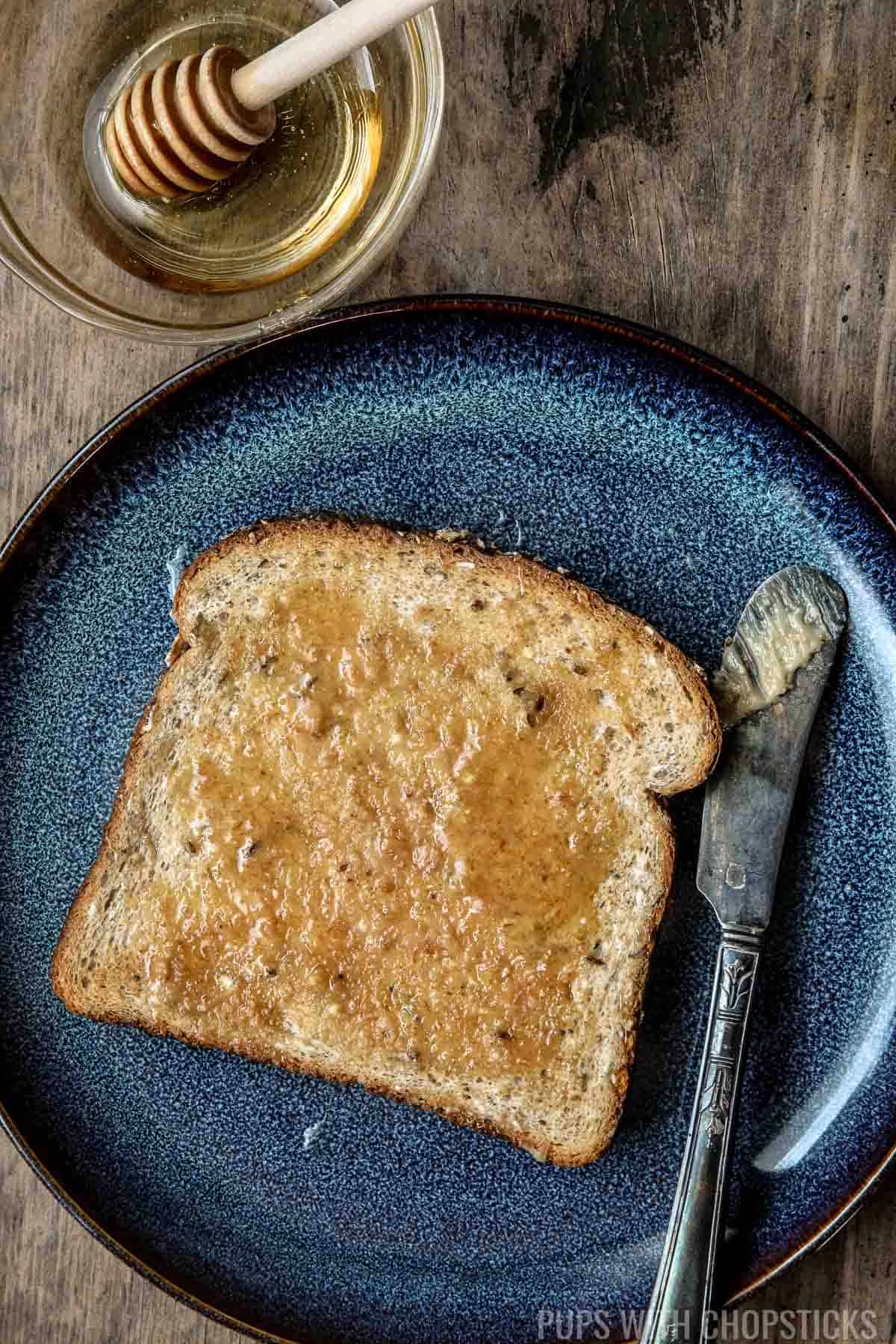
Miso butter can be used in many different ways. You can cook with it by adding it to stir-fries, you can add them to stews and braise with it or you can just melt it over hot noodles or potatoes and use them as is!
Meats & Proteins
- Steaks/Pork Chops/Lamb Chops - You can cut a slice of miso butter and melt it on a hot piece of steak, or pork chop. The heat from the steak will gradually melt the butter and give it a buttery umami kick.
- Chicken and Tofu - Stir fry it with thin slices of chicken or tofu!
Seafood
- Fish (Cod, Salmon, Basa, etc.) - Same as with steak, you can pan-fry or bake fish in the oven and then add thin slices of miso butter onto the fish right before it finishes cooking. If you slice them thinly, they will quickly melt and make a wonderful butter sauce with a lot of umami and salty flavors.
- Shrimp and Scallops - You can quickly stir-fry shrimp or scallops with a bit of garlic and add in a few slices of miso butter for 1 minute before you plate it. The miso and butter will caramelize in the pan and give the shrimp additional salt and nutty flavor!
Noodles & Rice
- Noodles & Pasta (udon, wheat noodles, plain spaghettini) - For a simple noodle dish, I boil noodles until they are al dente, strain them and add miso butter to them. The heat from the hot noodles melts the butter and gives it a buttery, salty, and umami side dish.
- Rice - You can mix this directly into hot white rice or use it to make fried rice!
- Ramen - After you finish making ramen, add a few slices on top! The hot broth will melt the butter and give your ramen an extra layer of flavor and butteriness. (If you don't mind the greasiness!)
Vegetables
- Stir-Fry Vegetables - I like to add about 1 tablespoon to my vegetable stir-fries. Add it to the stir fry during the last 1-2 minutes of cooking so that the miso doesn't burn. Make sure there is still a bit of oil in the pan, and once the butter melts, toast it until the miso turns brown. (I think it's absolutely delicious with just sweet peppers.)
- Mushrooms - Instead of just using plain butter to make garlic butter mushrooms, I like to use miso butter as well! You need to cook the mushrooms with plain butter and oil during the first half of the browning, and then add miso butter to the second half of the cooking so that the miso doesn't burn.
- Potatoes - Whether you are using sweet potatoes or normal potatoes (russets, yellow, red, etc.) You can melt the miso butter over the potatoes after it has finished baking for a hit of salt and umami!
- Corn - Instead of using plain butter for your corn, try using miso butter for an extra kick of saltiness and umami!
- Roasted Vegetables (Squash, Asparagus, Carrots) - After your roast vegetables in the oven, melt some miso butter over it before you serve it!
- Brussels Sprouts - I like to use my honey-glazed soy brussels sprouts recipe, roast my brussels sprouts on a frying pan and then add a bit of miso butter at the very end right before I plate it for a sweet and savory side dish.
Other Ways to Use Miso Butter
- Add them to Sauces - You can add this to any type of sauce you're making like gravy or spaghetti sauce! It will add a bit of umami, butteriness, and salt to it.
- Spread on Toast - You can make this into a spread, so you can use it on toast. I like to drizzle a bit of honey, maple syrup, or condensed milk on top for a sweet and savory treat. You may need to set it out to slightly soften so that it can spread on toast more easily. Make sure you are using plain miso butter and not the herbed or garlic one if you plan on making sweet and savory toast.
- Grilled Cheese - Umami grilled sandwich with creamy cheddar cheese, yes!
How to Store Miso Butter
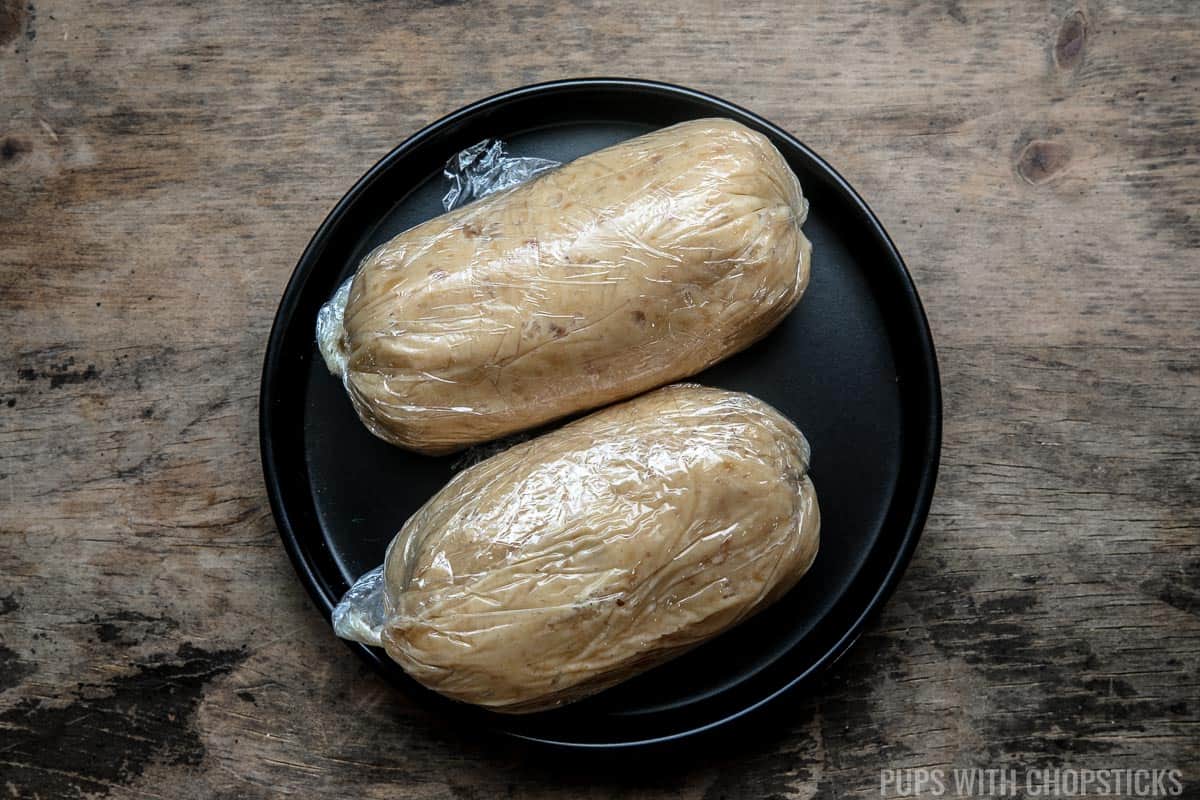
You can store miso butter in the fridge for up to a month in an airtight container.
You can also store it in the freezer for up to 3 months if you plan to make a bigger batch.
To freeze them, I like to shape them into tubes with plastic wrap and place them in the fridge for a day so they harden into the tube shape. Then I place them in a ziploc bag, remove all the air out of the bag and freeze it in the freezer.
What to Make with Extra Miso
There is absolutely no shortage of ways to use miso, so if you have extra and you don't know what to do with it, here are a few ideas to get you started!
FAQs
It is made of a combination of unsalted butter and miso.
Miso butter tastes like a very salty butter with umami.
Soy sauce. Although it is not the exact consistency, they both have similar saltiness and umami flavor. Miso pastes have a stronger fermented flavor though.
Miso butter lasts for a month in the fridge.
Keep in mind that the longer you store it in the fridge, the easier it is to absorb the smells into the butter from the fridge.
More Condiments & Sauces You May Like
If you like my recipes and tutorials and want to be updated on when new ones come out, please consider subscribing to my newsletter (we don't spam) and follow along on Instagram, Facebook, and Pinterest for all of my latest recipes!
Recipe Card
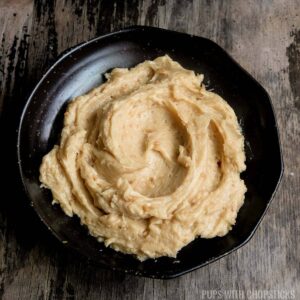
Miso Butter
Joyce's Recipe Notes
- If you don't have time to wait for the butter to soften, you can soften it in the microwave for 15 seconds (do it in 2-3 second intervals). Do not melt the butter, you want to just soften it.
- Once miso butter is stored in the fridge, the cold temperature will harden it and set it in the shape it was stored at. Since it is not easily scoopable once it is hardened, I highly recommend rolling it in a tube shape with plastic wrap and setting it into that shape, so that you can easily cut out small slices when you need it.
- Both the unsalted butter and the miso should be softened at room temperature before you start making this recipe. This ensures that the butter will be evenly distributed with the miso, and you won't get clumps of miso or butter.
- To make miso butter, always use unsalted butter. Miso is very salty, to begin with, so we don't need the extra salt from salted butter to make it even saltier.
- If you like your miso butter a bit stronger, you can either use red miso (aka miso) or add an extra tablespoon of miso into the mix. Just keep in mind that the more miso you add, the less the miso butter will melt.
- If you are trying to retain the health benefits of miso, do not cook with it on high heat (boiling, stir-frying etc)
Miso Butter Variations
Roasted Garlic - I like to use roasted garlic in my miso butter because it blends better, is milder in flavor, sweeter, and provides just a subtle hint of garlickiness. To make roasted garlic, I cut off the top of the head of garlic and pour a bit of avocado over the opening. Then I wrap it in foil and bake it in the oven at 400f for about 40 minutes until the cloves are soft. Once the cloves are soft, wait for them to cool and you can pick out each clove or squeeze the whole bulb and mix it directly with the softened butter. I like to use 1 whole bulb for 1 cup of butter. Fresh Rosemary - Rosemary works great in miso butter that you plan to use on steaks. That fresh pine scent flavor pairs well with any type of beef or lamb steak, especially if you put a bit of garlic with it. Do keep in mind, fresh rosemary can also be very bitter if you use too much so more is not always better. For 1 cup of miso butter, I use about ¼ cup of fresh rosemary (stems removed), finely chopped. Fresh Basil - I like to use fresh basil in my miso butter when I'm using it on noodles, fish, chicken, shrimp, or pasta. I find it goes nicer on lighter meats and noodles. Fresh basil works best since it's difficult for dry basil to be rehydrated with cold butter. I like to only use the leaves of the basil, and it should be finely chopped. I use about ½ cup of fresh basil leaves for 1 cup of butter.Ingredients
- 1 cup unsalted butter (softened at room temperature)
- ½ cup miso paste (white, yellow or red miso)
Optional Ingredient
- 1 bulb roasted garlic
Instructions
Preparation
- Softened unsalted butter and miso at room temperature for 4 hours.If you don't have time to wait for the butter to soften, you can soften it in the microwave for 15 seconds (do it in 2-3 second intervals). Do not melt the butter, you want to just soften it.
Making the Miso Butter
- Once the butter is soft enough to cut through with a butter knife, add it to a large mixing bowl and cut it up into small pieces.
- Add the miso to the bowl on top of the butter.
- Using a hand mixer, mix it until everything is evenly blended.
- If you don't have a hand mixer, you can use the back of a spoon and mash the miso into the butter until everything is evenly mixed together. **Make sure you use a strong and sturdy spoon and not one that is soft and bendable.
- You can use it right away or store it in the fridge for later.
How to Roll Miso Butter into a Tube for Storage
- Take a large piece of plastic wrap and place it on top of a cutting board.
- Using a spoon, add the miso butter on to the plastic wrap. I like to place enough to make it about 1½ inches thick but you can make it thinner if you want to make thinner logs.
- Bring the bottom of the plastic wrap to the top
- Start rolling the log upwards gently.
- Using your finger, try to remove any large bubbles or gaps in the roll by pressing down on it.
- Start to roll up one side of the roll, and then roll the other side as well.
- Once both sides have been rolled you can tighten the roll by rolling it some more until it becomes a firm tube.I like to roll them in opposite directions, so I will roll my right side upwards, and roll my left side downwards.
- Place the rolls on a plate and let them set in the fridge overnight.
Nutrition
*Nutritional information is calculated using online tools and is an estimate*
Disclaimer: We are a participant in the Amazon Services LLC Associates Program. As an Amazon Associate, I earn from qualifying purchases at no cost to you - these earnings help keep this blog running. While I appreciate the support – please try to buy your items locally if possible to support your local shops (chances are they are cheaper locally as well!)

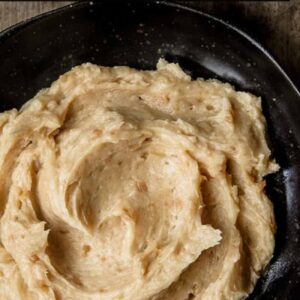
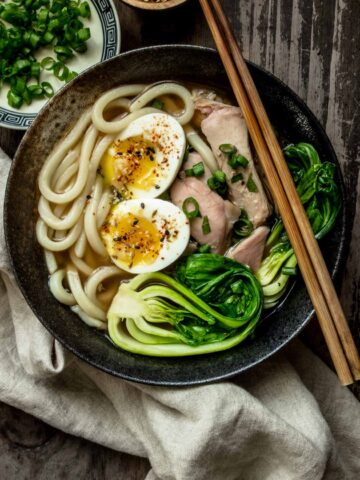
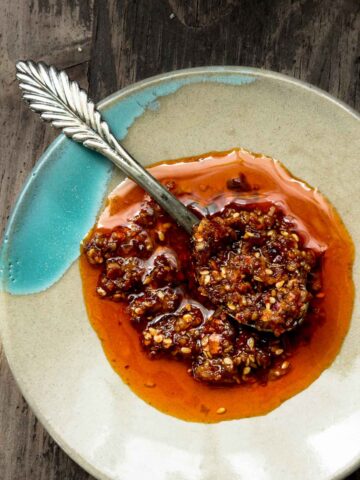




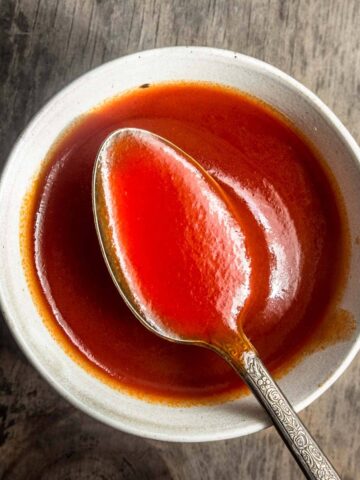
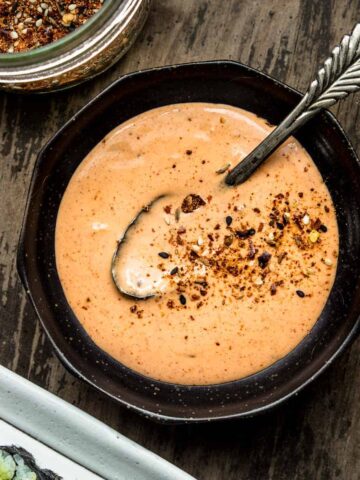
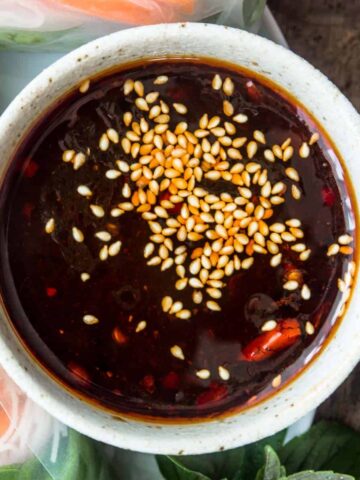



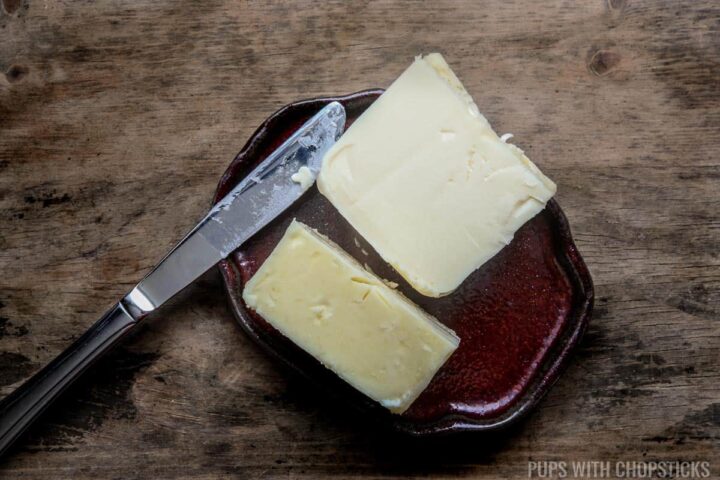
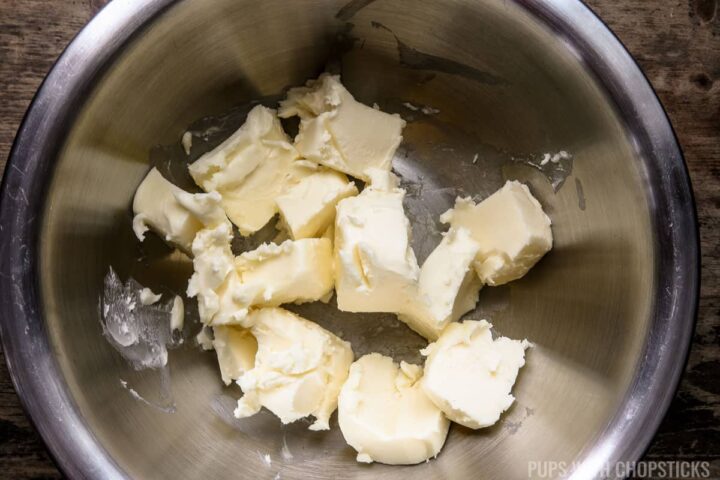
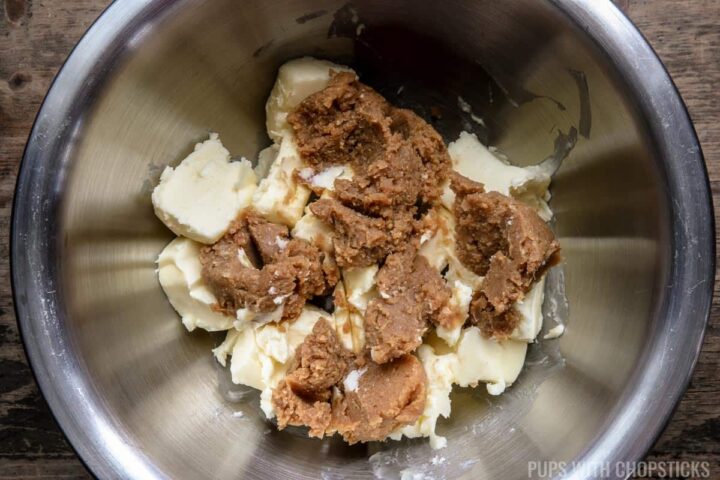
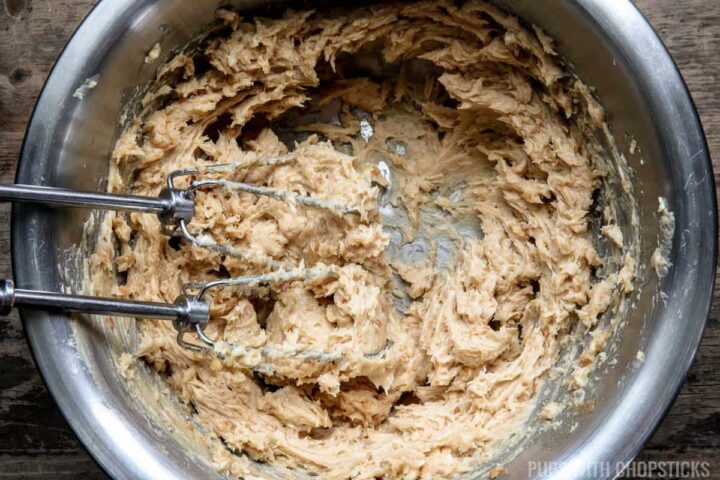
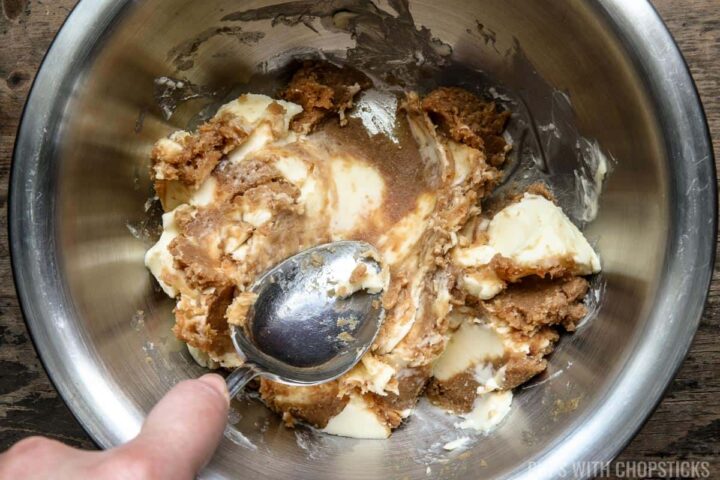
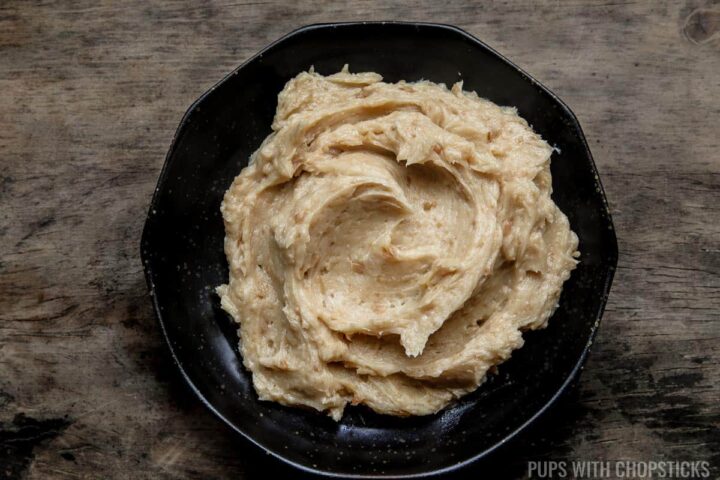
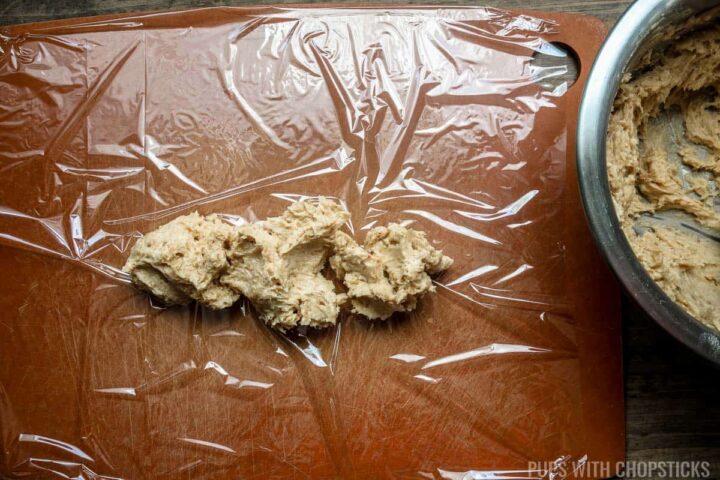
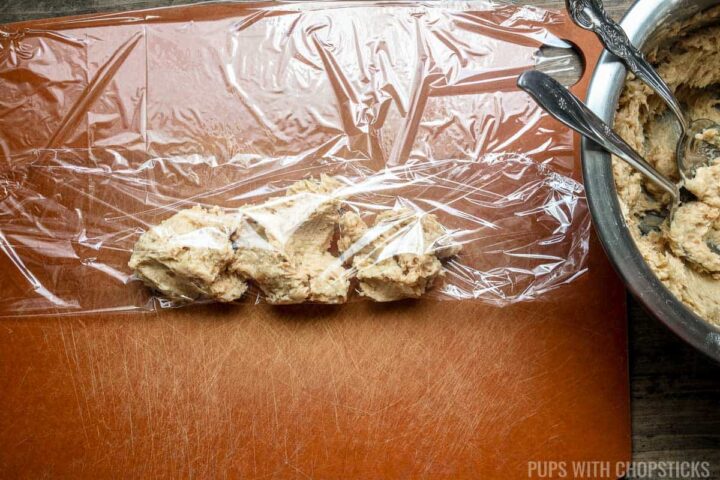

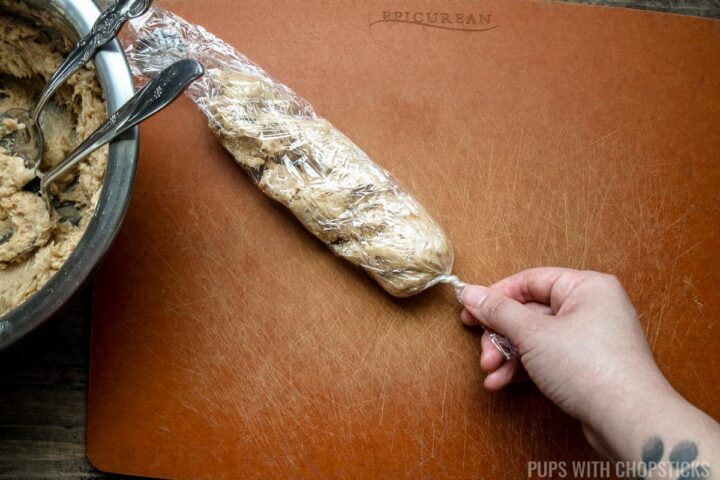
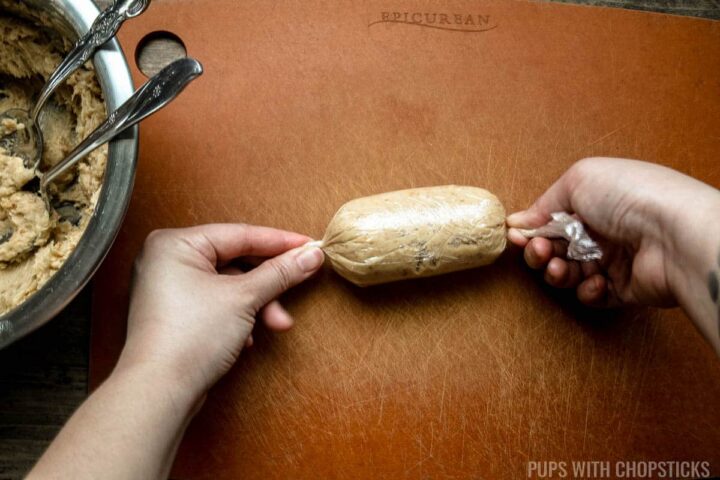
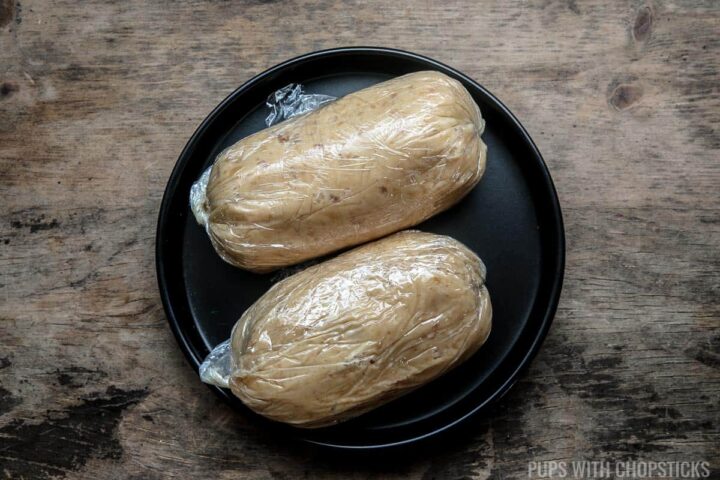
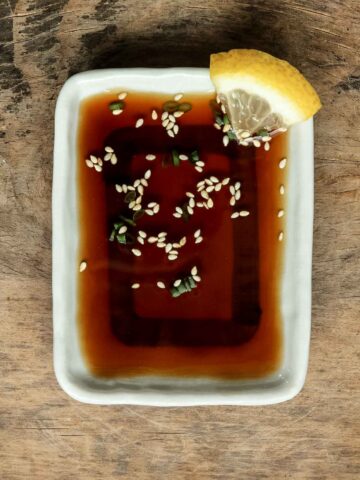
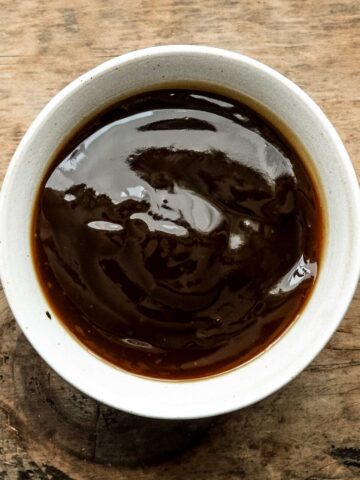
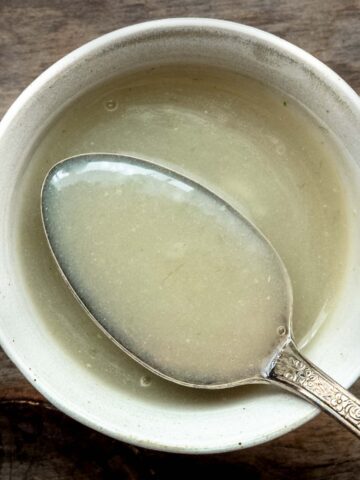
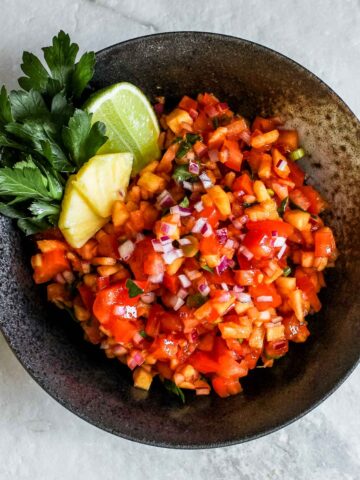
Josie says
This is recipe.is quite uniqe. I can make into different cooking. I am going to ,make miso soup, tasty and healthy.
Joyce Lee says
Hi Josie!
Yes, its definitely something different but such a wonderful thing to have on hand in the fridge all the time too!